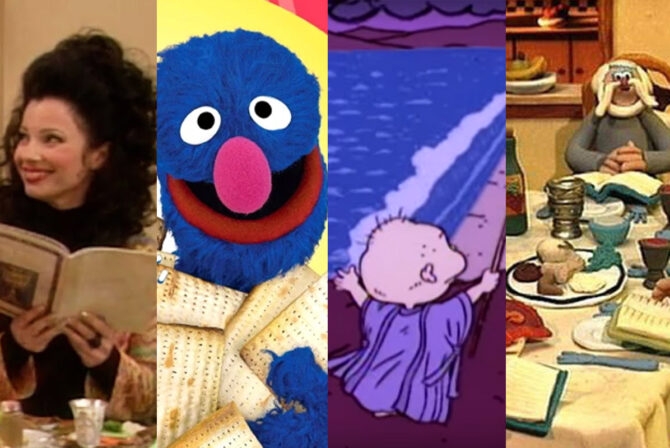When I was a tween, I was one of the first generation of people to receive the HPV vaccination called Gardasil. It prevents infection with the HPV strains most likely to cause cervical and other cancers. Originally approved in 2006, a new form was approved in 2014, which includes nine more HPV strains.
The thing is, while it’s meant for boys and girls to get starting at 11, only 60% of kids get fully vaccinated (it has two doses), according to the Centers for Disease Control. And most of the kids who get them are girls, which only addresses half the problem, considering boys get HPV, too, and pass it onto their partners. But only 22% of boys get the three-dose shot in their early teen years when it’s most effective to receive.
This is a huge problem, considering cancers related and caused by HPV are on the rise — for men, according to NBC. It’s a problem for men who are getting cancer and for the people they are having intimate relations with, sex or not, since they may be passing HPV onto others who may or may not have gotten the vaccine.
Michael Douglas, for instance, revealed he was being treated for throat cancer caused by HPV in 2013. A new study conducted by a team at the University of Florida, Baylor College of Medicine discovered that 11.5 percent of U.S. men were currently infected with oral HPV between 2011 and 2014, and 3 percent of women were. As NBC pointed out, “that adds up to 11 million men and 3 million women, the researchers report in the Annals of Internal Medicine.”
Of course, this is not to say that HPV isn’t a risk for women, considering it is the most prevalent cause of cervical cancer and certain types of head and neck cancers called oropharyngeal cancers, according to the CDC. The scary thing is, there is no way to test men for HPV, whereas women can test for it during a pap smear. And the vaccine doesn’t work on people who have already contracted HPV, which is most unvaccinated people over age 26. Another important myth to dispel is the fact that, like with any STD and STI, condoms only reduce the risk, but don’t fully prevent it. In this case, HPV is particularly tricky because it can be spread through skin-to-skin contact, and condoms don’t cover all your skin, so there is still a risk.
The researchers also noted that the “predicted probability of high-risk oral HPV infection was greatest among black participants, those who smoked more than 20 cigarettes daily, current marijuana users, and those who reported 16 or more lifetime vaginal or oral sex partners.”
One recent survivor, Jason Mendelsohn, told NBC that he had “zero symptoms” before he found out he had stage 4 oropharyngeal cancer, and had to undergo “a radical tonsillectomy,” and “had 42 lymph nodes removed from my neck, followed by seven weeks of chemo, radiation and a feeding tube.
The research only highlights the myth that only women and girls get HPV, which is not-at-all true. In general, it seems like many tweens and teens are not getting properly vaccinated, but boys more so — and perhaps largely in part because their parents don’t realize how crucial the vaccine really is. Males make up 40% of the cancer diagnoses associated with HPV — and just because a teen may not have started having sex yet doesn’t mean it’s not relevant. It’s preventative care, simple as that.







